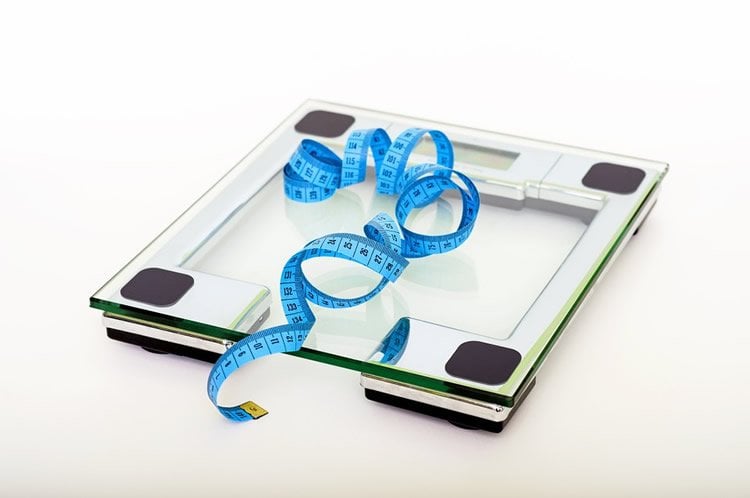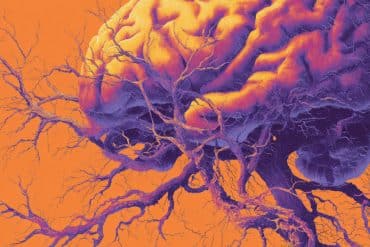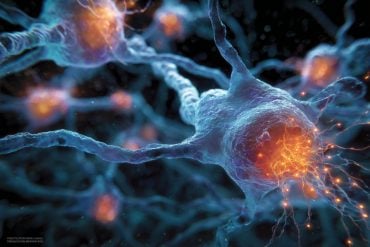Summary: Researchers report when resting, people burn 10% more calories in the late afternoon and early evening than in the early morning hours.
Source: Cell Press.
Researchers reporting in Current Biology on November 8 have made the surprising discovery that the number of calories people burn while at rest changes with the time of day. When at rest, people burn 10 percent more calories in the late afternoon and early evening than in the early morning hours.
The findings reinforce the important role of the circadian clock in governing metabolism. They also help to explain why irregularities in eating and sleeping schedules due to shift work or other factors may make people more likely to gain weight.
“The fact that doing the same thing at one time of day burned so many more calories than doing the same thing at a different time of day surprised us,” says Kirsi-Marja Zitting of the Division of Sleep and Circadian Disorders at Brigham and Women’s Hospital and Harvard Medical School, lead author of the paper.
To determine changes over the course of the day in metabolism apart from the effects of activity, sleep-wake cycle, and diet, the researchers studied seven people in a special laboratory without any clues about what time it was outside. There were no clocks, windows, phones, or Internet. Study participants had assigned times to go to bed and wake up. Each night, those times were adjusted four hours later, the equivalent of traveling westward across four time zones each day for three weeks.
“Because they were doing the equivalent of circling the globe every week, their body’s internal clock could not keep up, and so it oscillated at its own pace,” co-author Jeanne Duffy, also in the Division of Sleep and Circadian Disorders at Brigham and Women’s Hospital, explains. “This allowed us to measure metabolic rate at all different biological times of day.”
The data showed that resting energy expenditure is lowest at the circadian phase the researchers designated as ~0°, corresponding to the dip in core body temperature in the late biological night. Energy expenditure was highest at circadian phase ~180°, about 12 hours later, in the biological afternoon into evening.
The researchers found that participants’ respiratory quotient, which reflects macronutrient utilization, varies by circadian phase, too. This measure was lowest in the evening and highest in the biological morning.

The findings offer the first characterization of a circadian profile in fasted resting energy expenditure and fasted respiratory quotient, decoupled from effects of activity, sleep-wake cycle, and diet in humans, the researchers say.
“It is not only what we eat, but when we eat — and rest — that impacts how much energy we burn or store as fat,” Duffy says. “Regularity of habits such as eating and sleeping is very important to overall health.”
Duffy, Zitting, and their colleagues next will look at how appetite and the body’s response to food varies with the time of day. They are also exploring how the timing, duration, and regularity of sleep influences those responses.
Source: Cell Press
Publisher: Organized by NeuroscienceNews.com.
Image Source: NeuroscienceNews.com image is in the public domain.
Original Research: Open access research for “Human Resting Energy Expenditure Varies with Circadian Phase” by Kirsi-Marja Zitting, Nina Vujovic, Robin K. Yuan, Cheryl M. Isherwood, Jacob E. Medina, Wei Wang, Orfeu M. Buxton, Jonathan S. Williams, Charles A. Czeisler, and Jeanne F. Duffy in Current Biology. Published November 8 2018.
doi:10.1016/j.cub.2018.10.005
[cbtabs][cbtab title=”MLA”]Cell Press”How Many Calories Do You Burn? It Depends on Time of Day.” NeuroscienceNews. NeuroscienceNews, 9 November 2018.
<https://neurosciencenews.com/calories-metabolism-day-time-10172/>.[/cbtab][cbtab title=”APA”]Cell Press(2018, November 9). How Many Calories Do You Burn? It Depends on Time of Day. NeuroscienceNews. Retrieved November 9, 2018 from https://neurosciencenews.com/calories-metabolism-day-time-10172/[/cbtab][cbtab title=”Chicago”]Cell Press”How Many Calories Do You Burn? It Depends on Time of Day.” https://neurosciencenews.com/calories-metabolism-day-time-10172/ (accessed November 9, 2018).[/cbtab][/cbtabs]
Abstract
Human Resting Energy Expenditure Varies with Circadian Phase
There is emerging evidence that circadian misalignment may alter energy expenditure, leading to obesity risk among those with irregular schedules. It has been reported that energy expenditure is affected by the timing of sleep, exercise, and meals. However, it is unclear whether the circadian system also modulates energy expenditure, independent of behavioral state and food intake. Here, we used a forced desynchrony protocol to examine whether fasted resting energy expenditure (REE) varies with circadian phase in seven participants. This protocol allowed us to uncouple sleep-wake and activity-related effects from the endogenous circadian rhythm, demonstrating that REE varies by circadian phase. REE is lowest at circadian phase ∼0°, corresponding to the endogenous core body temperature (CBT) nadir in the late biological night, and highest at circadian phase ∼180° in the biological afternoon and evening. Furthermore, we found that respiratory quotient (RQ), reflecting macronutrient utilization, also varies by circadian phase. RQ is lowest at circadian phase ∼240° and highest at circadian phase ∼60°, which corresponds to biological morning. This is the first characterization of a circadian profile in fasted resting energy expenditure and fasted respiratory quotient (with rhythmic profiles in both carbohydrate and lipid oxidation), decoupled from effects of activity, sleep-wake cycle, and diet in humans. The rhythm in energy expenditure and macronutrient metabolism may contribute to greater weight gain in shift workers and others with irregular schedules.






